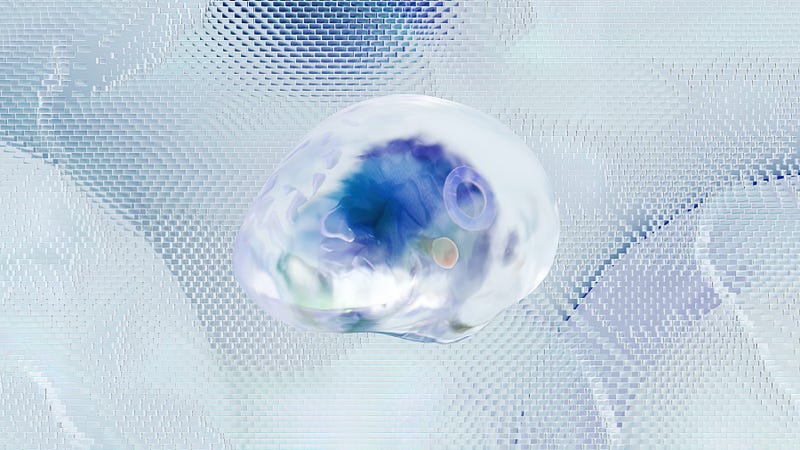
Pain is an intricate and multifaceted sensory experience that plays a crucial role in our lives. It serves as a warning signal, protecting us from potential harm, and influences our behavior, emotions, and overall well-being. The perception and modulation of pain involve a complex interplay of neural mechanisms within the human brain. In this article, we will delve into the fascinating world of pain neuroscience, exploring the underlying processes that contribute to pain perception and how these mechanisms can be modulated. Understanding these intricacies has significant implications for clinical neuroscience, leading to advancements in pain management and the development of novel therapeutic interventions.
Table of Contents
- Introduction
- The Anatomy of Pain: A Journey Through the Nervous System
- Transduction: From Noxious Stimuli to Neural Signals
- Transmission: Propagation of Pain Signals
- Perception: The Brain’s Interpretation of Pain
- Modulation: Influencing Pain Sensation
- Clinical Implications: Unraveling Pain Disorders
- Current and Emerging Treatments
- The Future of Pain Neuroscience
- Conclusion
- FAQs
Introduction
Pain is an essential survival mechanism that protects us from harm. It alerts us to potential dangers and ensures that we take necessary actions to avoid injury. However, for millions of people worldwide, pain becomes a chronic and debilitating condition that significantly impacts their quality of life. To develop effective treatments and interventions, it is crucial to unravel the neural mechanisms underlying pain perception and modulation.
The Anatomy of Pain: A Journey Through the Nervous System
Pain signals originate in specialized nerve endings called nociceptors, which are scattered throughout the body. These nociceptors detect noxious stimuli such as heat, pressure, or chemicals released from injured tissues. Once activated, nociceptors transmit the pain signals to the spinal cord and then to the brain.
Transduction: From Noxious Stimuli to Neural Signals
During transduction, the activation of nociceptors leads to the conversion of noxious stimuli into electrical signals. This process involves the opening of ion channels, resulting in the generation of action potentials. These action potentials travel along the nerve fibers and reach the spinal cord.
Transmission: Propagation of Pain Signals
In the spinal cord, pain signals are transmitted to higher brain regions through a complex network of neurons. The spinal cord acts as a gateway, filtering and amplifying pain signals before relaying them to the brain. Various neurotransmitters and receptors play a critical role in this transmission process.
Perception: The Brain’s Interpretation of Pain
Once pain signals reach the brain, they are processed and interpreted in multiple regions, including the somatosensory cortex, the insula, and the anterior cingulate cortex. These brain regions contribute to the sensory, emotional, and cognitive aspects of pain perception, creating the subjective experience of pain.
Modulation: Influencing Pain Sensation
The perception of pain can be modulated by various mechanisms within the nervous system. Endogenous pain modulation involves the release of neurotransmitters, such as endorphins and enkephalins, that dampen pain signals. Descending pathways from the brain also exert inhibitory control over pain transmission at the spinal cord level.
Clinical Implications: Unraveling Pain Disorders
Understanding the neural mechanisms of pain perception and modulation has significant implications for clinical neuroscience. It sheds light on the underlying causes of chronic pain conditions such as neuropathic pain, fibromyalgia, and complex regional pain syndrome. It also provides insights into individual differences in pain sensitivity and the development of personalized pain management strategies.
Current and Emerging Treatments
Advancements in pain neuroscience have paved the way for innovative treatment approaches. Pharmacological interventions, including analgesics and neuromodulatory drugs, target specific receptors and neurotransmitters involved in pain processing. Non-pharmacological treatments such as cognitive-behavioral therapy, mindfulness-based techniques, and neuromodulation techniques are also being utilized to alleviate pain.
The Future of Pain Neuroscience
The field of pain neuroscience continues to evolve rapidly, driven by advancements in technology and our growing understanding of the brain. With the advent of neuroimaging techniques, researchers can visualize and study pain-related brain activity in real-time. This knowledge holds the promise of developing more effective and personalized pain management strategies tailored to individual needs.
Conclusion
Unraveling the neural mechanisms of pain perception and modulation is a complex and ongoing endeavor. It involves exploring the intricate connections between the nervous system, the brain, and subjective experiences. By deepening our understanding of pain neuroscience, we can develop novel interventions and treatments that provide relief to those suffering from chronic pain conditions, ultimately improving their quality of life.

No comments:
Post a Comment